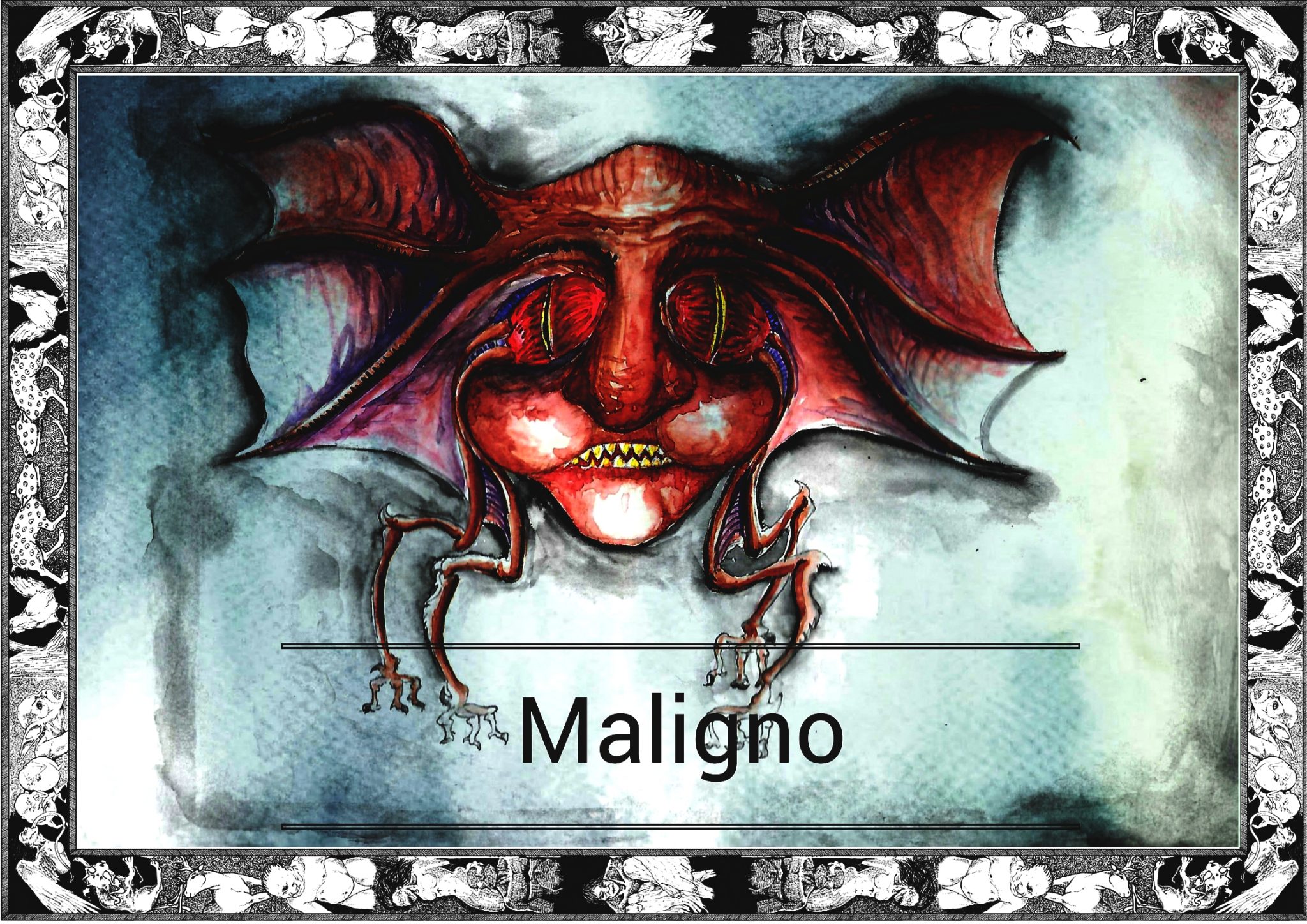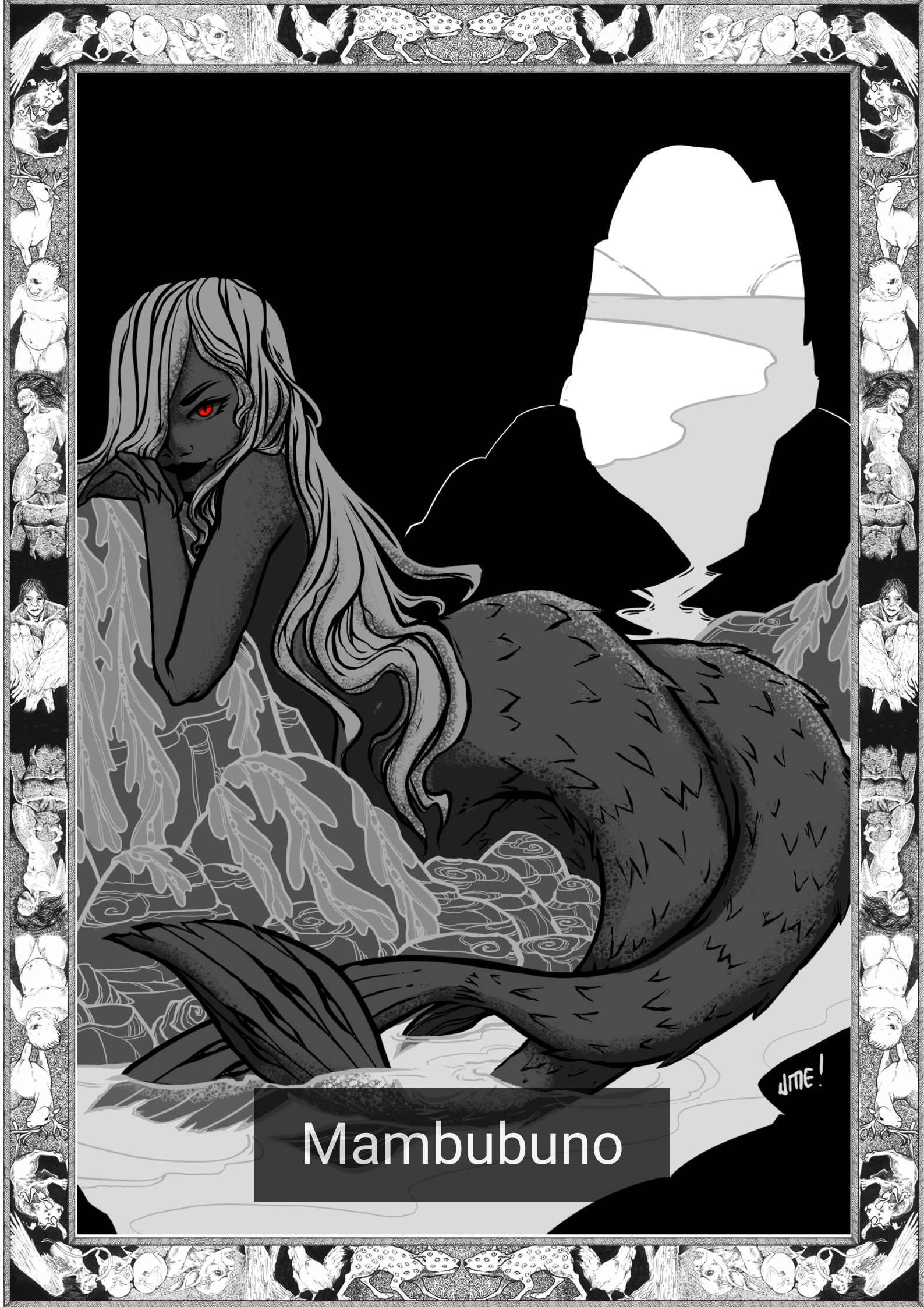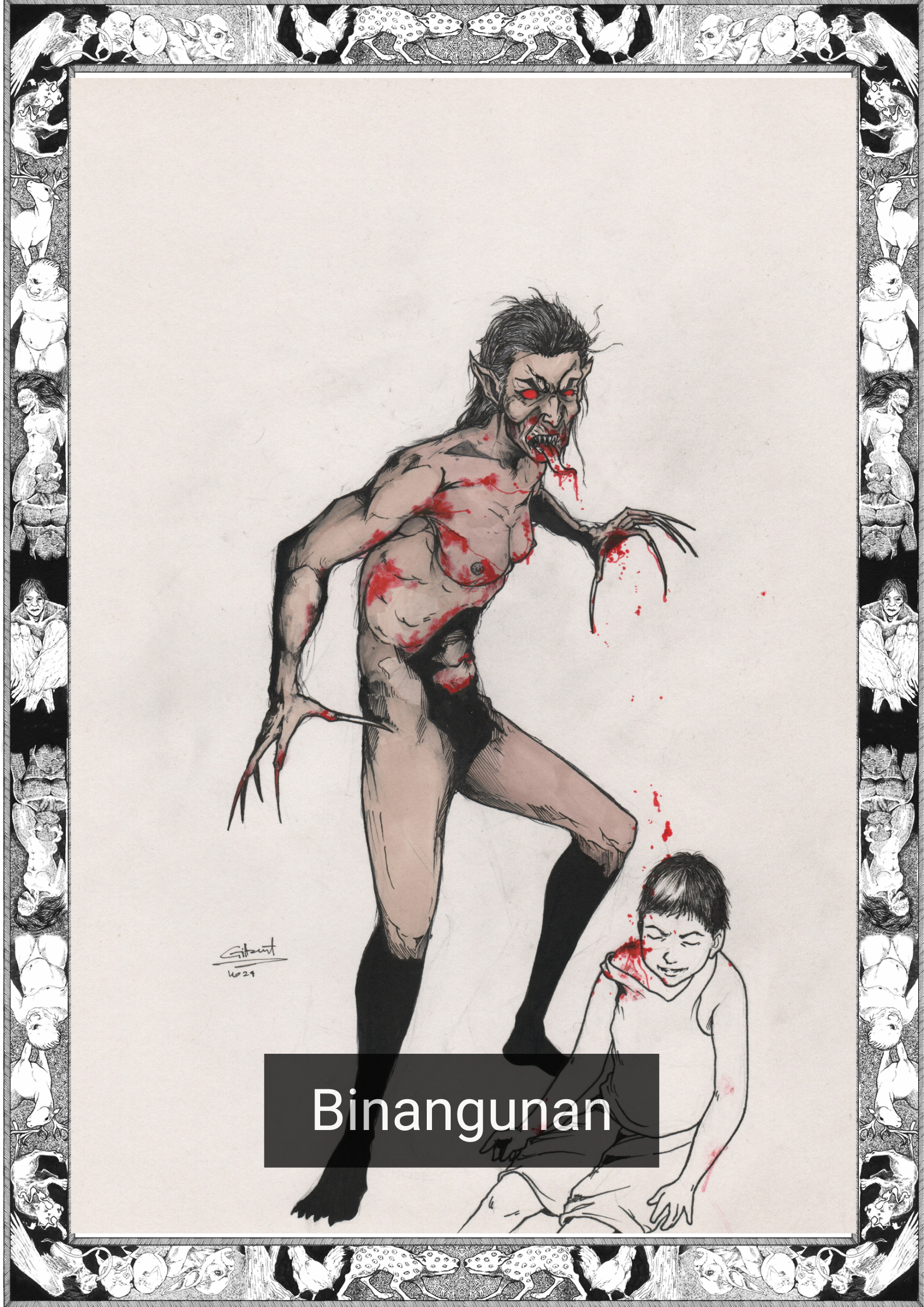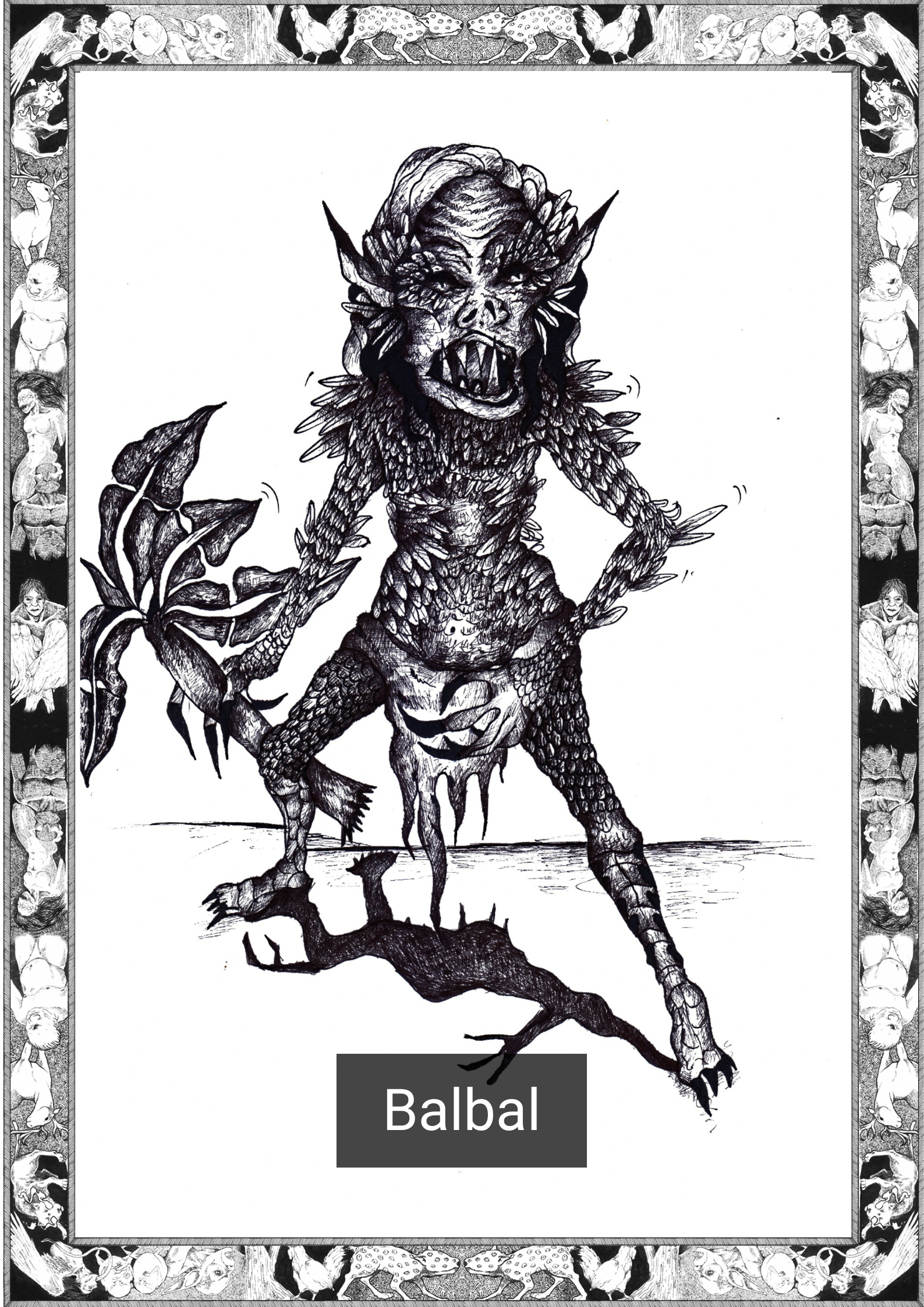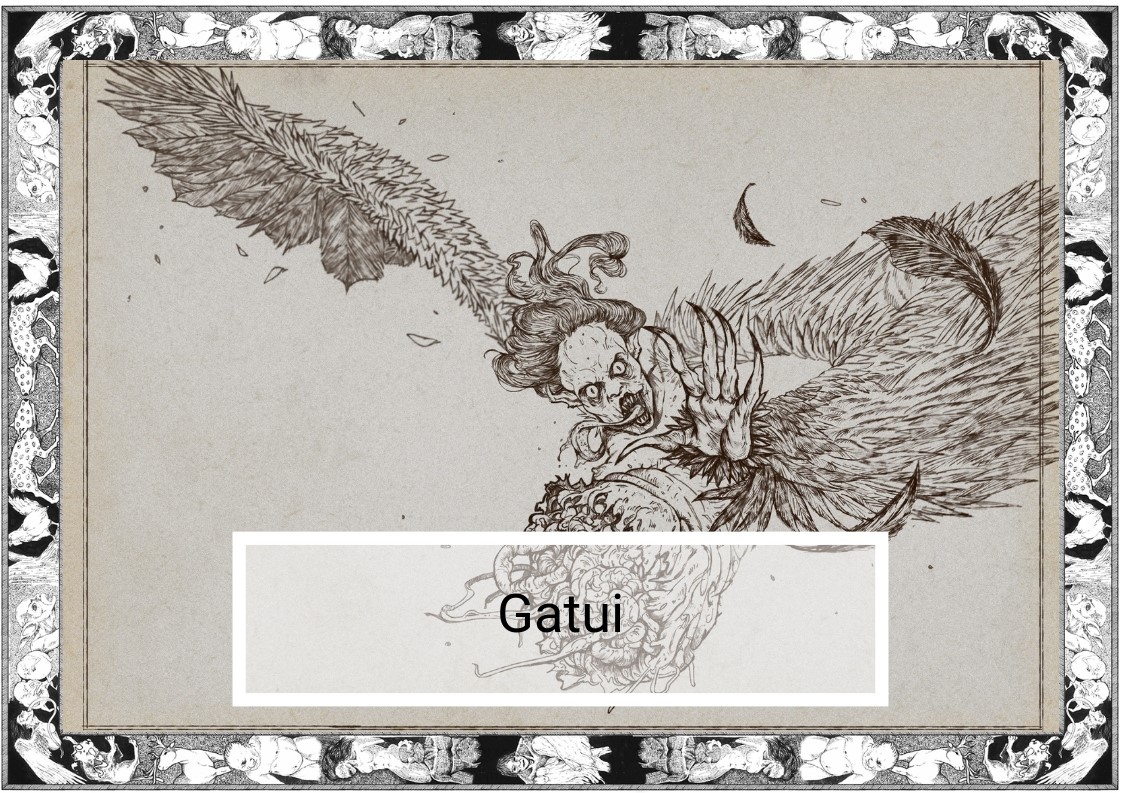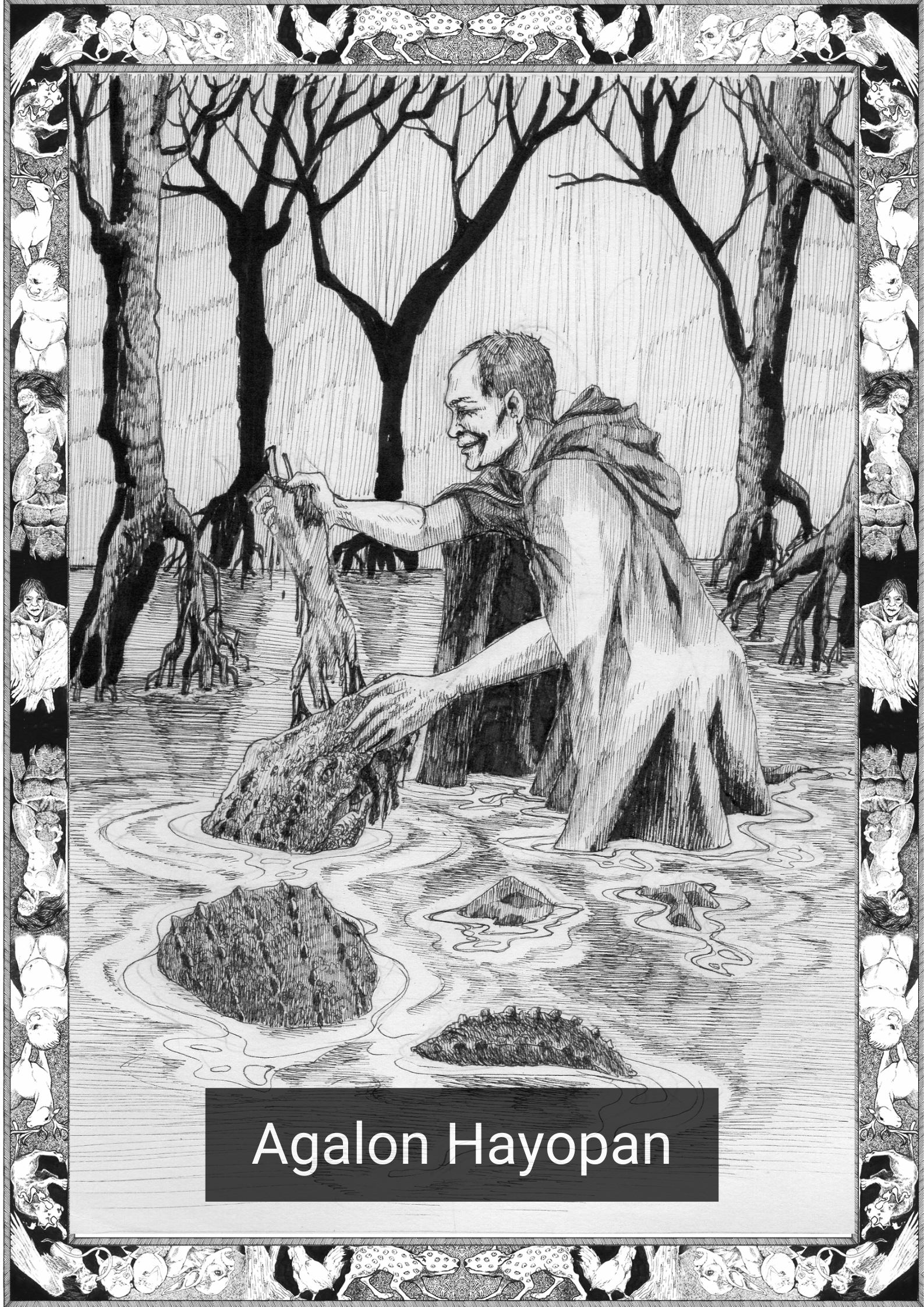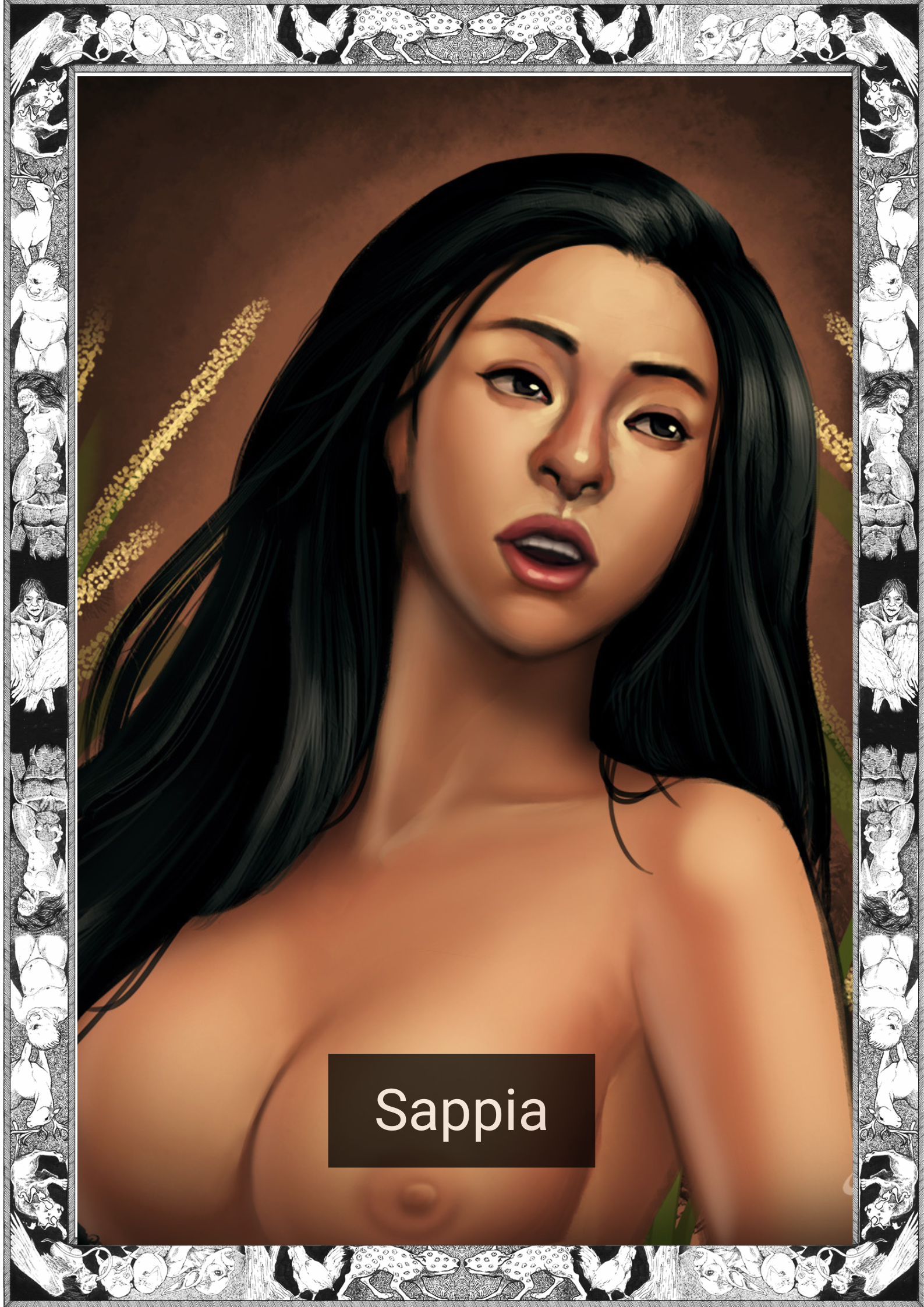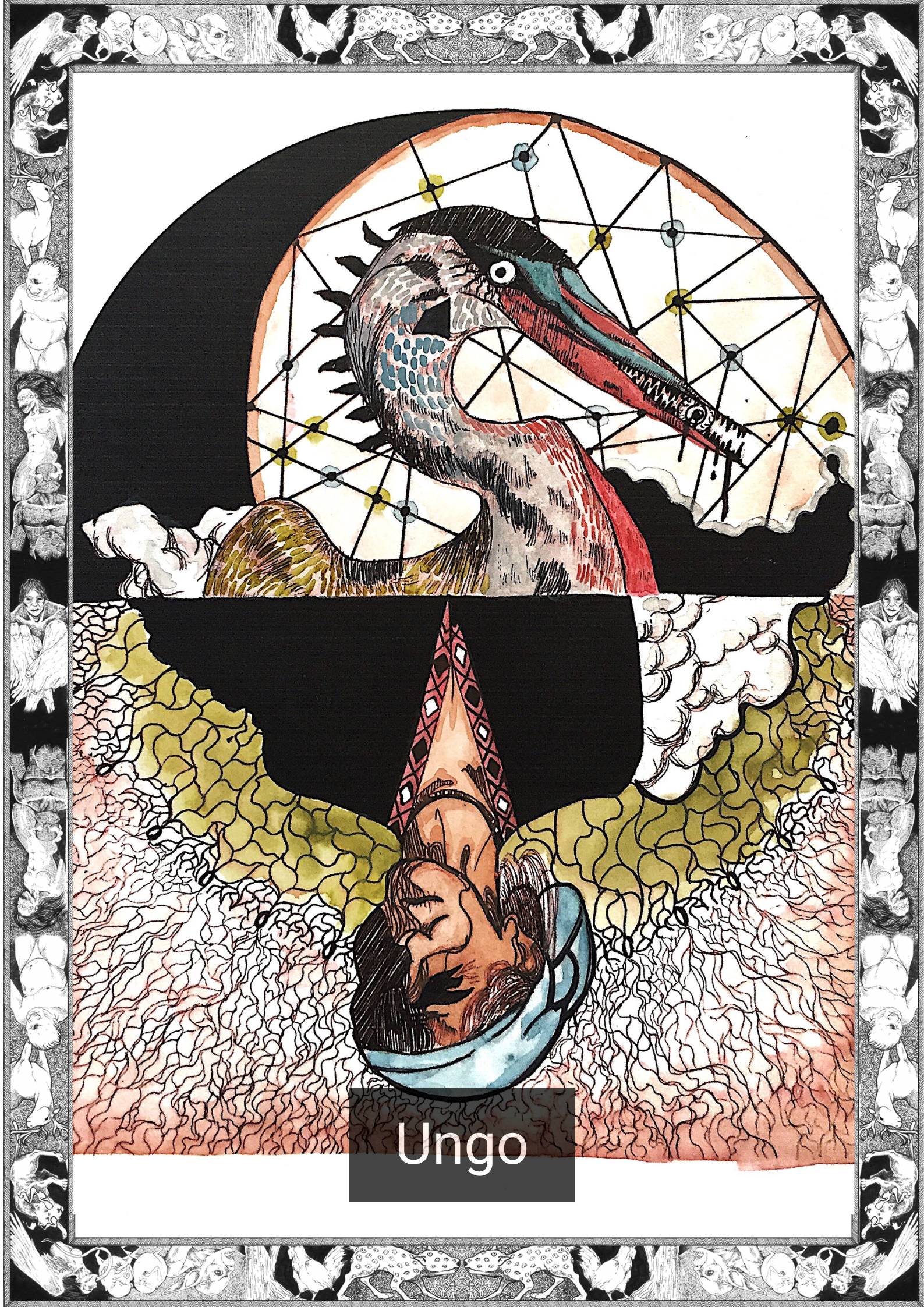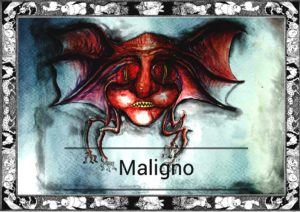
*Note this story is in Cebuano
Naay usa ka babaye nga gitaliwan na sa iyang panimuot nga nagpuyo sa iyang ginama-gama nga kalibutan sulod sa iyang panghuna-huna. Pero ug makit-an lang sa uban, laumon gayud nilang mupuyo didto. Walay utlanan ang pwede niyang mahunahunaan ug mabati. Apan alaot, gapuyo siya sa kalibutang dili siya ang gamug-na.
Kining kalibutan adunay mga luna sa taliwala. Mga dapit diin kini musagol sa ubang mga butang ug didto pwede makaipsot ang mga butang sama sa espiritu sa kasuko, pagkawala, kalautan ug kalaglagan. Ang babaye dili makakita kanila, apan nasayud siya nga anaa ra sila.
Nakabalo siya nga dili gayud kini mawala, ang kamatuoran nga nakalimtan sa kadaghanan: Nga ang dili tinuod mas gamhanan pa kaysa sa tinuod, tungod kini dili mahikap nga mga alinghuna, pagtuo ug mitna nga muluntad. Nabasa niya kini sa usa ka libro ug sayud siya nga kini mas muluntad pa kaysa sa yuta nga iyang gibaktasan.
Busa gibuhat niya ang iyang mahimo. Mungisi siya matag adlaw ug siya nagatuo nga tingali igo na kini ug sa laing bahin husto siya. Nakit-an niya ang kaayo sa tawo nga gapalibot sa iyaha ug naningkamot siyang makit-an ang kamatuoran sa luyo sa taptap. Sa kalibutan nga iyang gimugna, nasayod siya nga ang tawo nagtago lamang sa sulod sa ilang kaugalingong kahaw-ang busa ang kasakit kanunayng limasan. Ang pinakalisod nga butang nga itago mao ang mga butang nga yamo.
Matag gutlo, ang mga espiritu muhupot sa bisan unsang higayon. Ang babaye nakigbisug sa bugtong paagi nga sayod siya kung unsaon. Iyang gigamit ang iyang kasing-kasing isip giya ug gigamit ang iyang mga pulong sa pagpaambit sa palas- onon. Kanunay niyang ginatan-aw ang ugma nga adunay kahayag. Dili sakit nga piliong mahimong dayag kay pwede siyang magpatulo ug luha bisan anus-a.
Kini ang paagi sa iyang pagkinabuhi ug dili gayod niya usbon ang paaging mahimo niya. Dili sa tanang kasakit nga iyang nabal-an nga mabati sa tawo. Ang mga espiritu dili gayud muhunong apan dili usab siya. Kini usa ka walay kahumanang pakigbisog apan mao kana ang kahulogan sa kinabuhi alang kaniya.
Hangtud ang kalibutan nga iyang minugna matinuod, matag adlaw niyang buhaton ang tanan alang lang kini matinuod.
Usa ka problema matag higayon.
=—————————————-=
English Version
There once lived a girl who spent her life in her own head, though if others could see what was inside, they would want to live there too. There was no end to what she could think or feel, or imagine. But, alas, she was in a world not of her making.
This world had spaces in between. Places where the world blended with another and certain things could escape. These things were spirits of anger and loss, of misfortune and ruin. The girl could never see them, but she always knew they were there.
She knew that they could never be banished forever, because there was one truth that most people forgot: That the unreal is more powerful than the real, since it is only intangible ideas, concepts, beliefs and concepts that can last. She read that in a book somewhere and she knew them to be more lasting than the ground that she walked on.
So she did what she could. Every day she would smile and she thought, maybe, it would be enough, and in a sense she was right. She only saw the best in the people around her and she tried to see through their masks. In the world in her head she knew that people hide within their own emptiness, which is why their pain was always hollow. The hardest things to hide are the ones that aren’t there.
Every moment the spirits would take their time latching on to whatever they could. The girl fought the only way she knew how. She let her heart be her guide and used her words to share a burden. She would look to tomorrow and always see the sun. It never hurt to be optimistic, because she could always cry later.
This is the way she lived her life, and she never changed the way she could be. Not for all the pain that she knew people could feel. The spirits never relented, but neither would she. It was a constant struggle, but that’s what life was to her.
Until the day the world could be like it was in her head, she would spend every day trying to make it so.
One problem at a time.
=—————————————–=
*The Cebuano language, alternatively called Cebuan and also often colloquially albeit informally referred to by most of its speakers simply as Bisaya (“Visayan”, not to be confused with other Visayan languages nor Brunei Bisaya language), is an Austronesian regional language spoken in the Philippines by about 21 million people, mostly in Central Visayas, western parts of Eastern Visayas and most parts of Mindanao, most of whom belong to various Visayan ethnolingusitic groups, mainly the Cebuanos. It is the by far the most widely spoken of the Visayan languages, which are in turn part of wider the Philippine languages. The reference to the language as Bisaya is not encouraged anymore by linguists due to the many languages within the Visayan language group that may be confused with the term. The Komisyon ng Wikang Filipino, the official regulating body of Philippine languages, spells the name of the language as Sebwano.
Written by Karl Gaverza
Cebuano Translation by Denne Christine Pelostratos
Copyright © Karl Gaverza
Translation Copyright © Denne Christine Pelostratos
Inspired by the Maligno myths and Marj
Watercolor by Tara Singson
IG: https://www.instagram.com/
